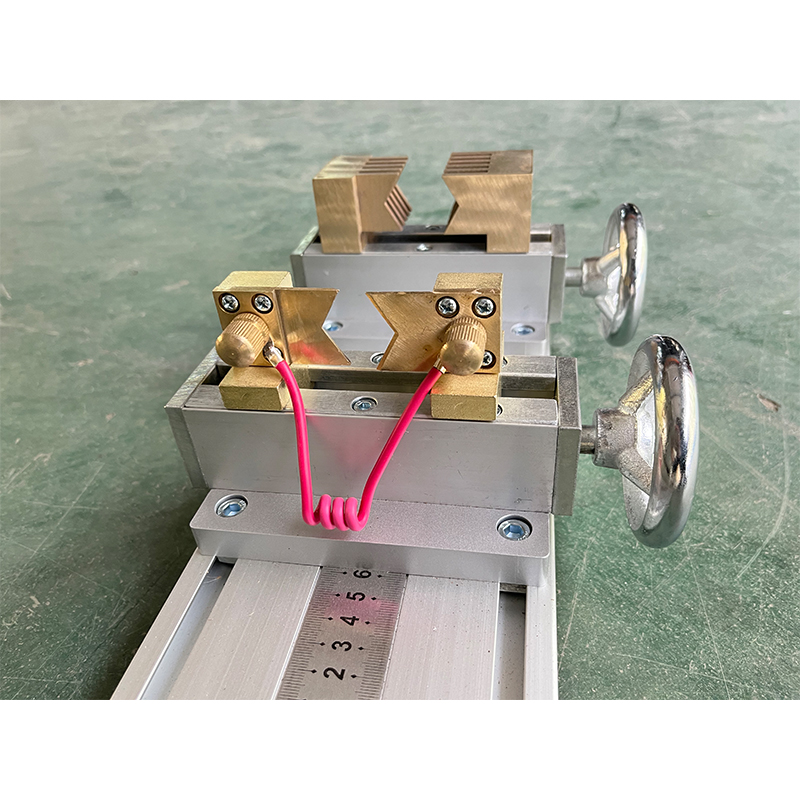UV Irradiation Cross-Linked Equipment | Advanced UV Cross-Linking Solutions
Understanding UV Irradiation Cross-Linked Equipment Applications and Benefits
UV irradiation cross-linked equipment has garnered significant attention in various industries, thanks to its unique properties and efficacious applications. This technology utilizes ultraviolet (UV) light to initiate cross-linking processes, enhancing the performance and durability of materials. Primarily employed in the manufacturing of coatings, adhesives, and polymers, UV cross-linking is becoming a preferred choice due to its efficiency, environmental safety, and versatility.
What is UV Irradiation Cross-Linking?
Cross-linking refers to the process where individual polymer chains are linked together through chemical bonds, enhancing the material's structure. In UV irradiation cross-linking, reactive compounds, typically in the form of photoinitiators, are exposed to UV light. This exposure activates the photoinitiators, leading to the formation of free radicals that initiate the cross-linking process. The result is a network of interconnected polymer chains that improve the material's mechanical strength, heat resistance, and chemical stability.
Key Advantages
One of the primary benefits of UV irradiation cross-linked equipment is the speed of the process. Traditional cross-linking methods, such as thermal curing, can take a considerable amount of time. In contrast, UV cross-linking can occur in seconds to minutes, significantly reducing production cycles and enhancing productivity. This quick turnaround time allows manufacturers to respond rapidly to market demands.
Moreover, UV cross-linking is more environmentally friendly compared to conventional methods. It emits fewer volatile organic compounds (VOCs) and reduces the reliance on harmful solvents. Many industries today are striving to meet stringent environmental regulations, and UV irradiation technology plays a crucial role in achieving sustainability goals.
uv irradiation cross-linked equipment

Applications Across Industries
The applications of UV irradiation cross-linked equipment span a wide range of industries. In the automotive sector, for instance, UV-cured coatings are employed on vehicle parts, providing excellent durability and aesthetics. These coatings resist scratches, chemical exposure, and UV degradation, thereby extending the lifespan of automotive components.
In the electronics industry, UV-curable materials are used in protective coatings for circuit boards and various electronic devices. These materials ensure reliable insulation while maintaining the compact design of electronic components. Additionally, the medical field benefits from UV cross-linking in the production of biocompatible adhesives and coatings, offering precise solutions that adhere to stringent safety standards.
Future Prospects
As technology advances, the potential applications for UV irradiation cross-linked equipment continue to expand. Researchers are exploring new formulations to enhance the performance of UV-cured materials, focusing on increasing their thermal stability and resistance to aggressive chemicals. Furthermore, advancements in UV light sources and photoinitiators are set to improve the efficiency and efficacy of the cross-linking process.
In summary, UV irradiation cross-linked equipment represents a revolutionary technology that not only meets the demands of modern manufacturing but also aligns with environmental goals. Its rapid curing capabilities, reduced environmental impact, and broad applicability make it an ideal choice for various industries. As manufacturers increasingly recognize these advantages, the adoption of UV cross-linking technology is likely to grow, driving innovation and efficiency in material processing for years to come.
-
Why the Conductor Resistance Constant Temperature Measurement Machine Redefines Precision
NewsJun.20,2025
-
Reliable Testing Starts Here: Why the High Insulation Resistance Measuring Instrument Is a Must-Have
NewsJun.20,2025
-
Flexible Cable Flexing Test Equipment: The Precision Standard for Cable Durability and Performance Testing
NewsJun.20,2025
-
Digital Measurement Projector: Precision Visualization for Modern Manufacturing
NewsJun.20,2025
-
Computer Control Electronic Tensile Tester: Precision and Power for the Modern Metal Industry
NewsJun.20,2025
-
Cable Spark Tester: Your Ultimate Insulation Assurance for Wire and Cable Testing
NewsJun.20,2025
 Copyright © 2025 Hebei Fangyuan Instrument & Equipment Co.,Ltd. All Rights Reserved. Sitemap | Privacy Policy
Copyright © 2025 Hebei Fangyuan Instrument & Equipment Co.,Ltd. All Rights Reserved. Sitemap | Privacy Policy
